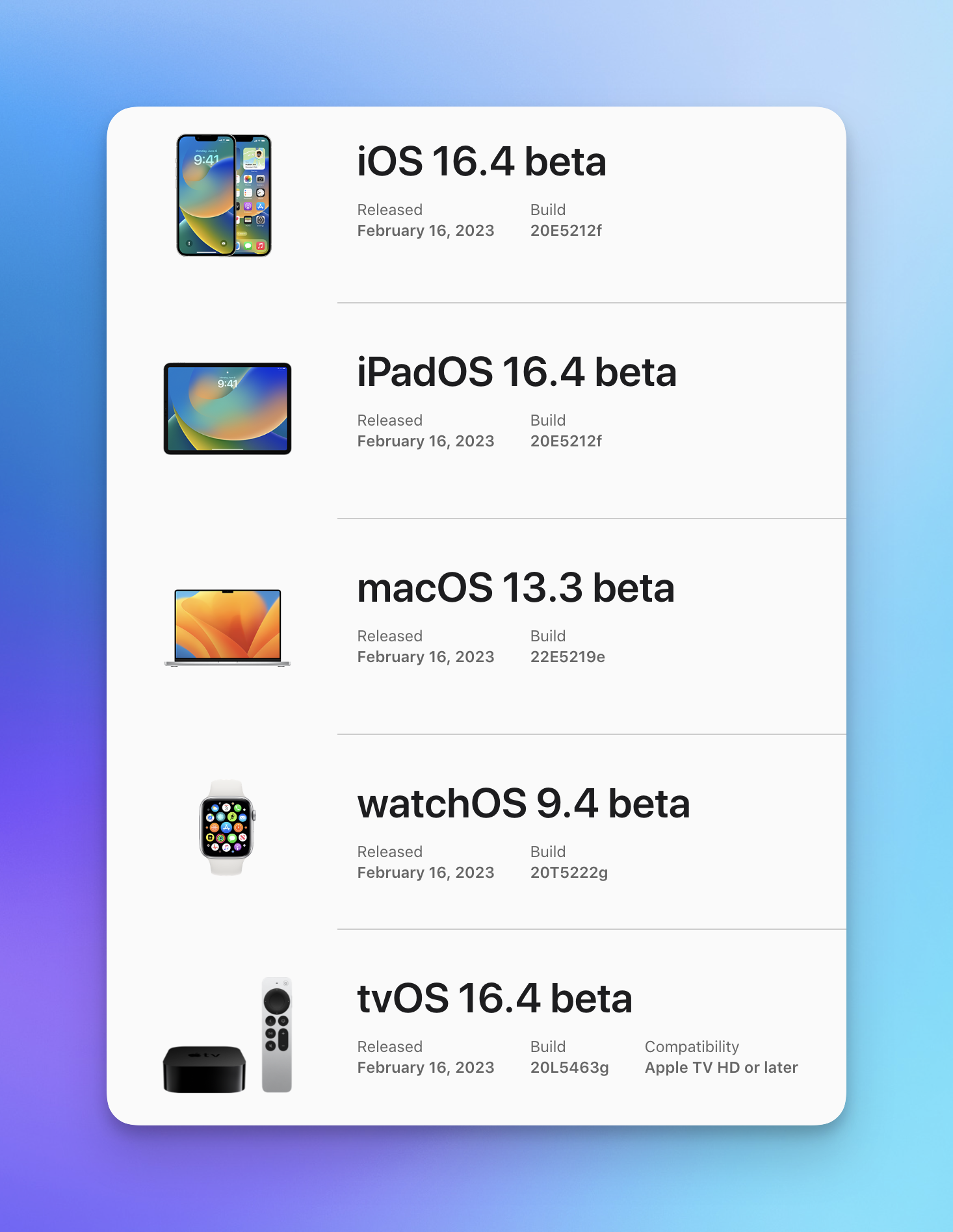On April 3, 1973, the first ever mobile phone was connected.
Motorola engineer Martin Cooper, holding the clunky phone on the streets of Manhattan, New York, called his friend Joel Bell at rival AT&T.
It’s an event that went down in history with Alexander Bell’s invention of the telephone in 1876.
“Father of mobile phones”, Martin Cooper recently interviewed, complaining that people look at mobile phones too much.
Fifty years on, we’ve had countless “phone moments.”
1. The first mobile phone (1973)
The device Cooper used in Manhattan on April 3, 1973, was a prototype of the Motorola DynaTAC 8000X, the first commercially available cell phone in history, priced at $3,995.

“Father of the mobile phone”, Martin Cooper holding a replica of the first mobile phone in 2008.
2.1G network (1979)
Japan introduced the first widely available analogue cellular system in 1979, but it couldn’t be used outside of cars because portable batteries weren’t powerful enough to move.
3. The first flip phone (1989)
Mobile phones have evolved to something cool that James Bond might consider, and Motorola’s MicroTAC 9800X is sexier than its name, as it ushers in the form of a flip phone.

MicroTAC 9800X.
4. Mobile phone digitization (1991)
Another very catchy name is Global System for Mobile Communications (GSM). It’s the European standard that came to be known as 2G, and we have to thank it for texting.
5. “Merry Christmas” (1992)
It was the holiday greeting in the first text message sent to a mobile phone on December 3, 1992, sent from a computer to an Orbitel 901 mobile phone by British engineer Neil Papworth.
6. The first smartphone (1994)
The first smartphone wasn’t the iPhone but the Simon, IBM’s touchscreen device. Operating in just 15 US states and selling about 50,000 units, it was ahead of its time in many ways.

IBM’s touchscreen phone Simon.
7. That Ringtone… (1994)
One sound defined the year and the iconic Nokia ringtone that a whole generation would reach into their pockets after hearing it.
Listen to the ringtone. (00:11)
8. GSM Association (1995)
After establishing the GSM Association, it hosted the Mobile World Congress, where many companies made important product announcements.
9. Slide Phone (1996)
We have phones that flip and fold, but let’s not forget phones that slide. The Nokia 8110, made famous by appearing in The Matrix, had a hidden number pad accessible by sliding the lid off.

The Nokia 8110 in The Matrix.
10. The first mobile phone with a colour screen (1997)
The Siemens S10 was the first mobile phone with a colour screen. But it can’t display all colours, only red, green and blue.

Siemens S10 can display three colours.
11. Snake (1997)
Mobile gaming opened up the market when the Nokia 6110 arrived with the Snake.

Snake game has become a classic.
12. Technology is based on changing the shell (1998)
We’ve long been used to phones in different colours and case options, but customizing them wasn’t always easy. It wasn’t until the Nokia 5110 that manufacturers tried to cash in on the idea of replaceable covers.
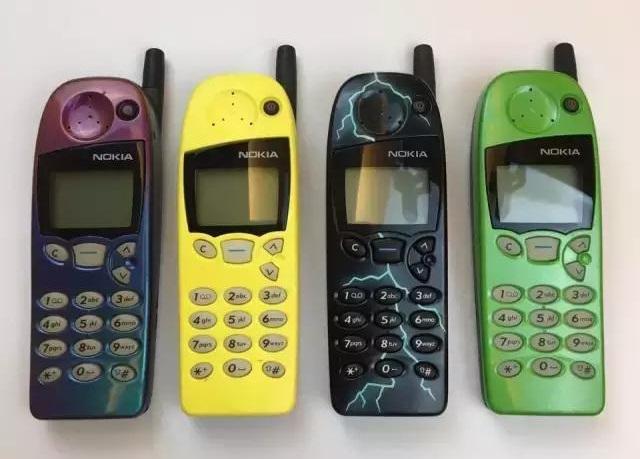
Nokia 5110 can change the shell.
13. Thinner and Lighter (1999)
The Nokia 3210 is probably one of the most recognizable mobile phones ever. It’s thinner and lighter than Nokia’s previous phones, has multiple games, ditches the walkie-talkie-style external antenna, and can send picture messages.
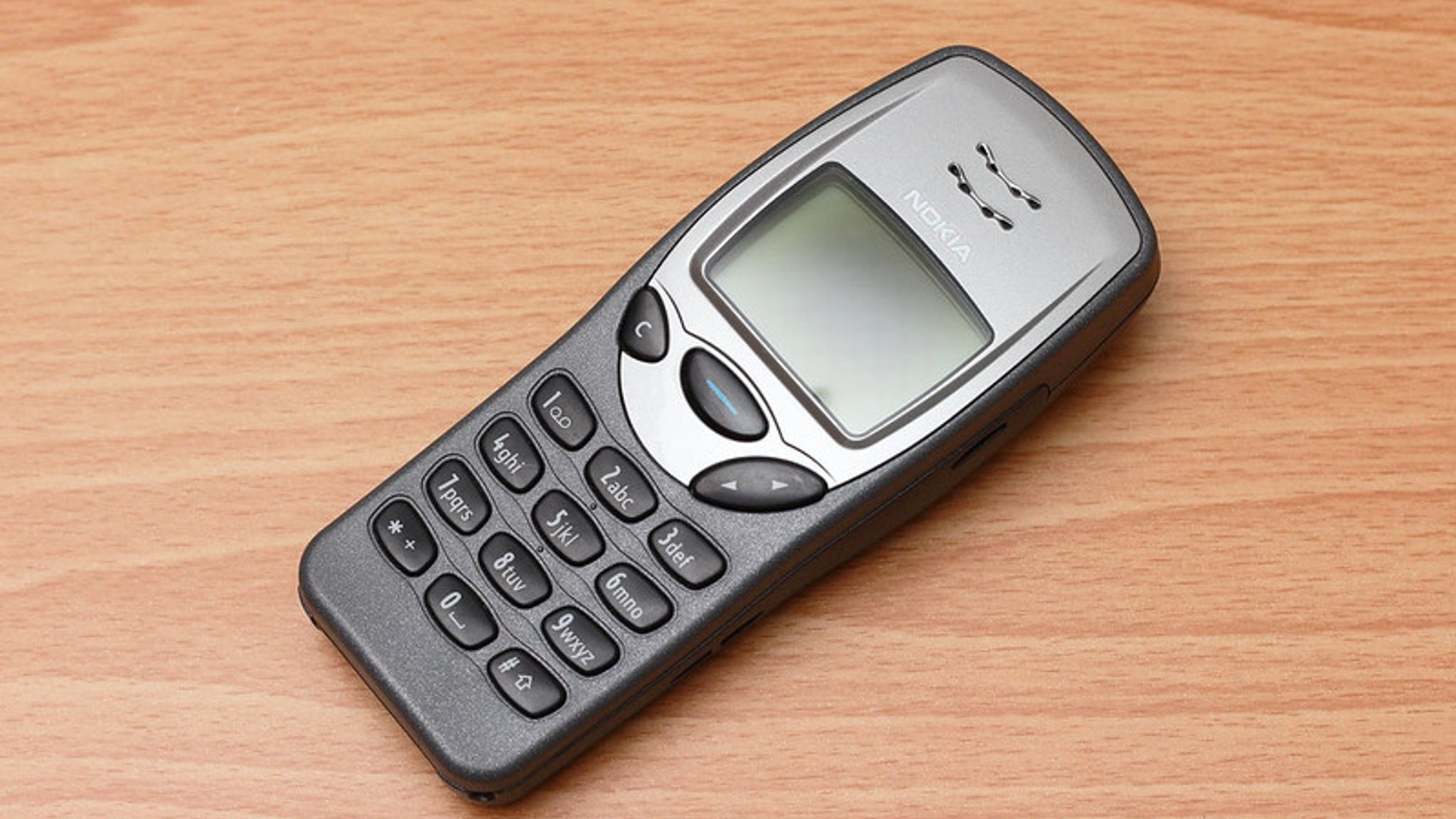
Nokia 3210.
14. You Can Go Online (1999)
Not content with the 3210, Nokia launched the 7110 model in 1999 – the first network phone. It can provide users with news and emails and even download new ringtones.
15. The first camera phone (2000)
The Sharp J-SH04, sold only in Japan, was the first phone to feature a camera. At that time, people wondered: Why do mobile phones need to take pictures?
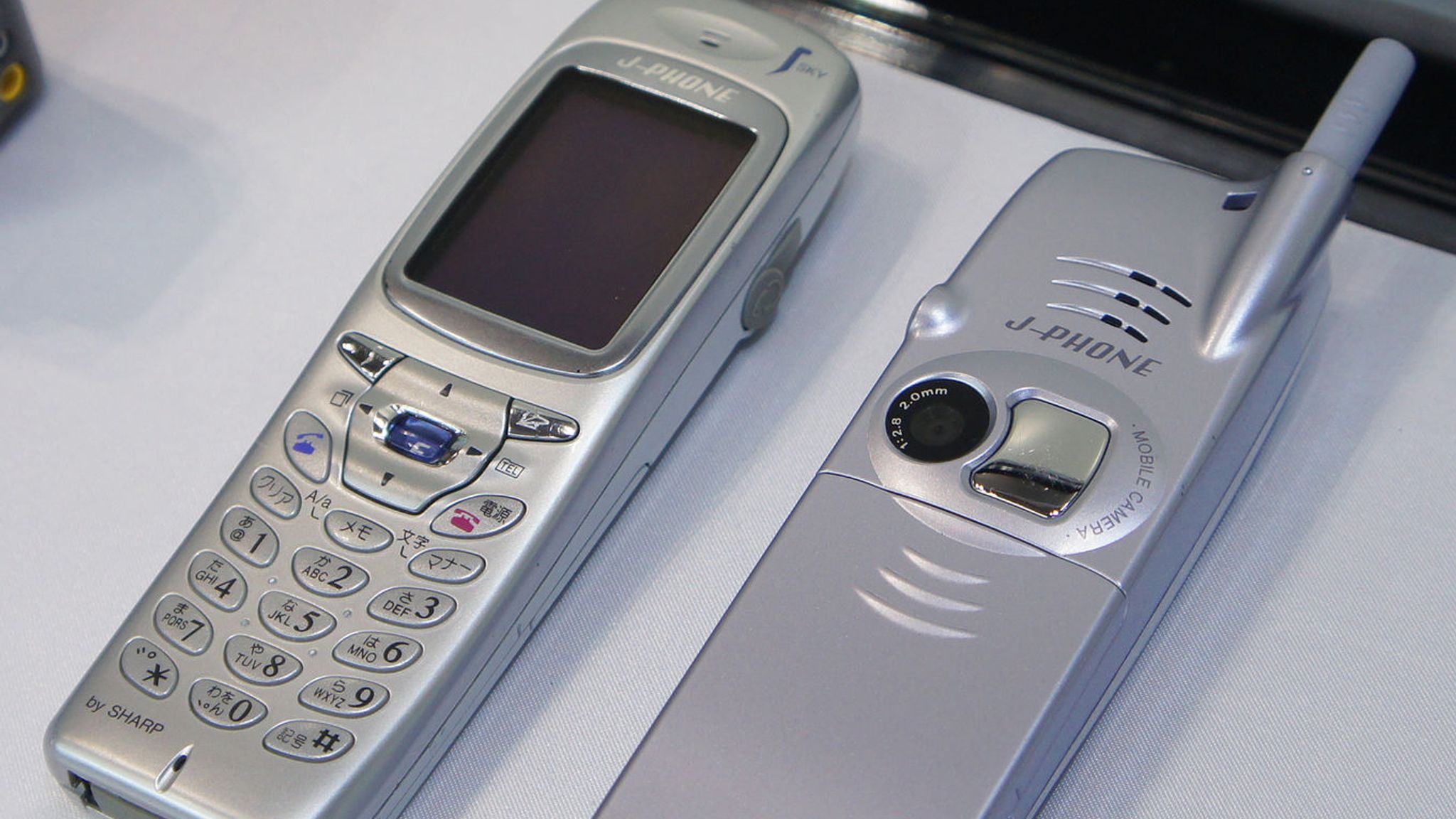
Sharp J-SH04.
16. The first full-colour mobile phone (2001)
The first full-colour mobile phone was Sony Ericsson’s T68i. It was also the first commercial phone to appear in a Bond movie, making its debut in Die Another Day.
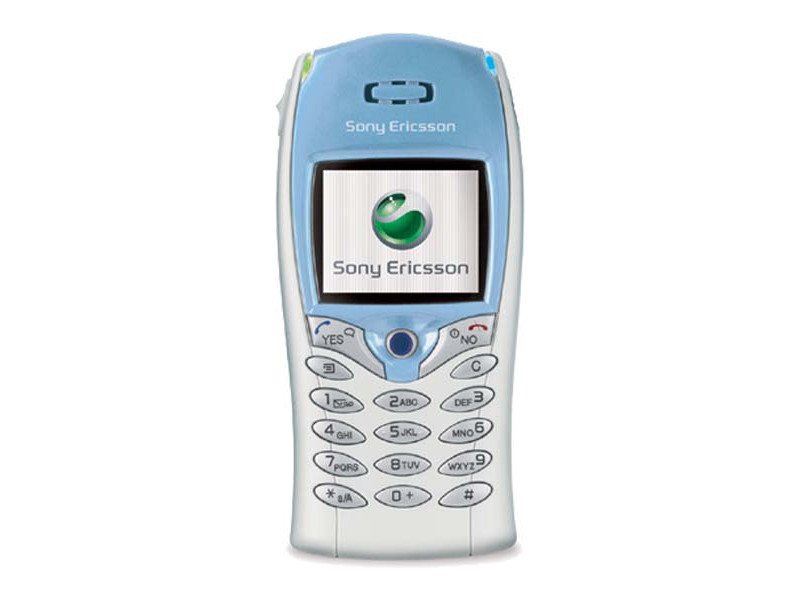
Sony Ericsson T68i.
17. Camera phones go mainstream (2002)
Nokia took Sharp’s camera phone concept and sold it across Europe as the 7650, with the 0.3-megapixel lens hidden behind a slider on the back.

Nokia 7650.
18. Blackberry (2002)
If you walked past someone in a suit in 2002, they were probably using a Blackberry. The 5810 model applies a full QWERTY keyboard to the mobile phone. This is a serious work phone for people who do serious work and need to write serious emails, not play Snakes.
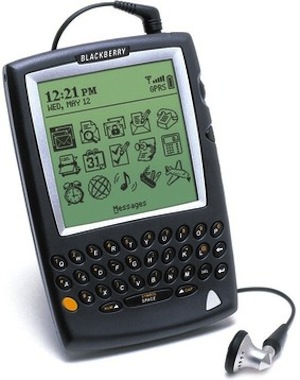
Blackberry 5810.
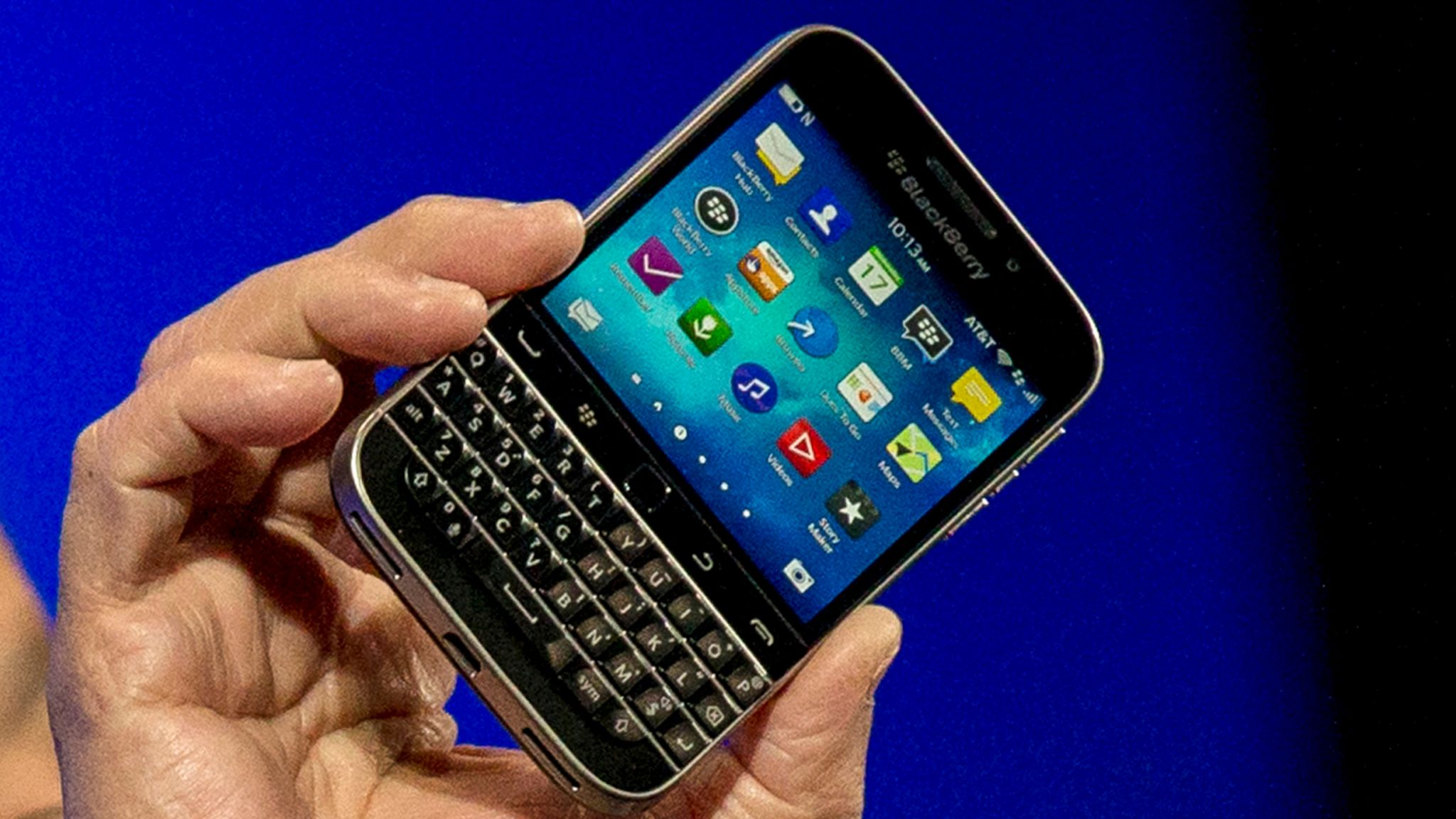
Since then, the BlackBerry has become the status symbol of a generation.
19. The arrival of 3G (2003)
3G is much faster than 2G, and people can do things that normally only computers can, like video calls. It underpins many of the key functions of the smartphone wave, such as downloading apps.
20. Nokia’s best-selling mobile phone (2003)
The arrival of 3G didn’t stop the relatively rudimentary Nokia 1100, which was a huge success thanks in no small part to its low price and famous battery life. Its popularity in the developing world has made it the best-selling mobile phone of all time, with more than 250 million units sold.

The king of cheap phones is the Nokia 1100.
21. The most popular flip phone in the world (2004)
Flip phones have one glaring downside — you can’t see the screen at a glance. But that changed with the launch of the Motorola Razr series. Introduced in 2004, the V3 model sold over 130 million units, making it the most popular handset. Gao Qiqiang also used a flip phone with a transparent cover that was very showy then.
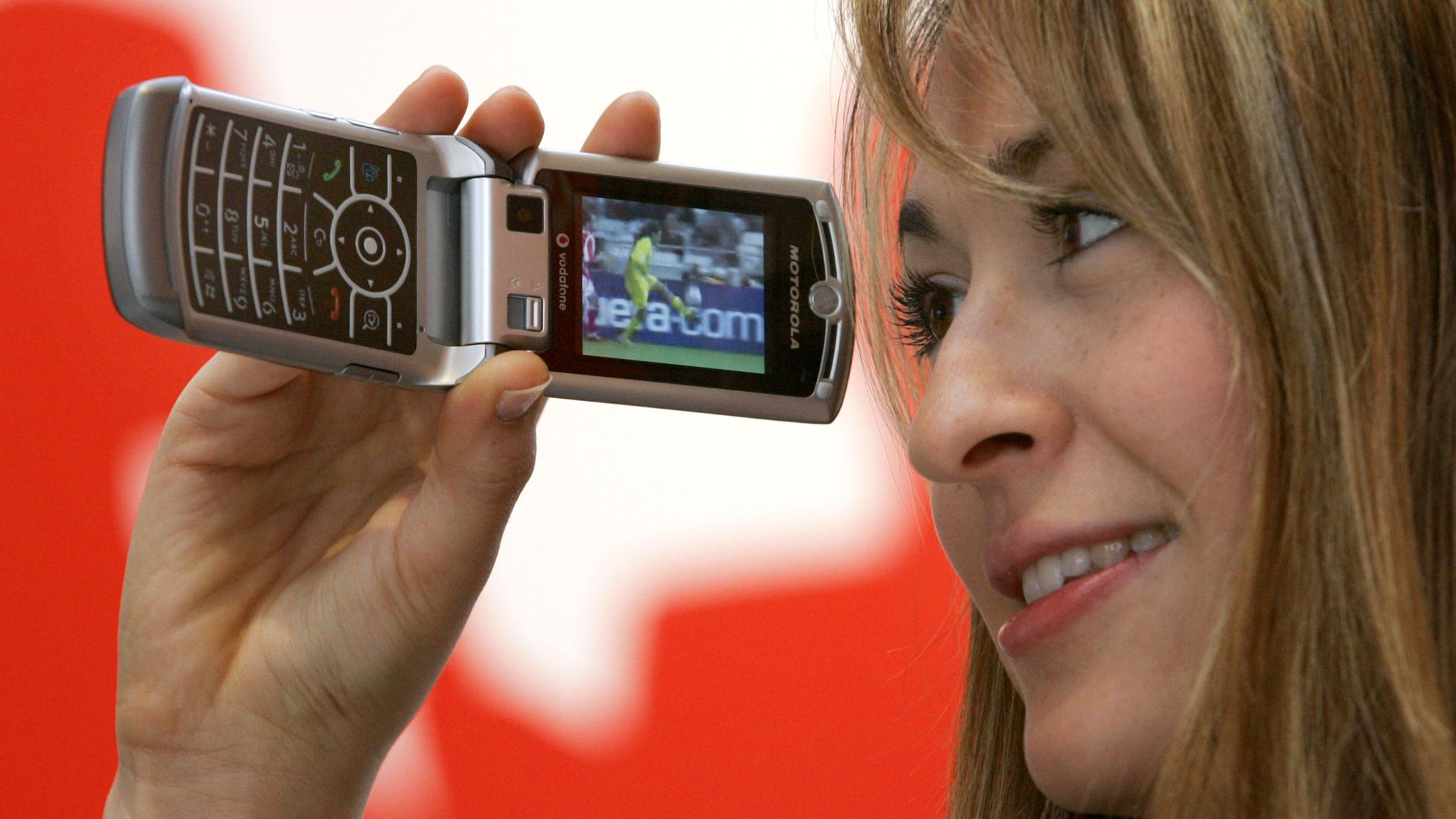
The Motorola Razr series is very popular.
22. Google buys Android (2005)
Google is still considered a search engine company, but its $50 million acquisition of Android changed the mobile landscape forever. The system is at the heart of nearly every non-Apple phone, beating out would-be rivals such as Microsoft and Nokia as the iPhone maker’s only real competitors.
23. Nokia at its peak (2006)
Nokia publicizes that the N95 is not a mobile phone but an all-in-one entertainment device. But the iPhone was already on the way when the N95 hit store shelves in early 2007.
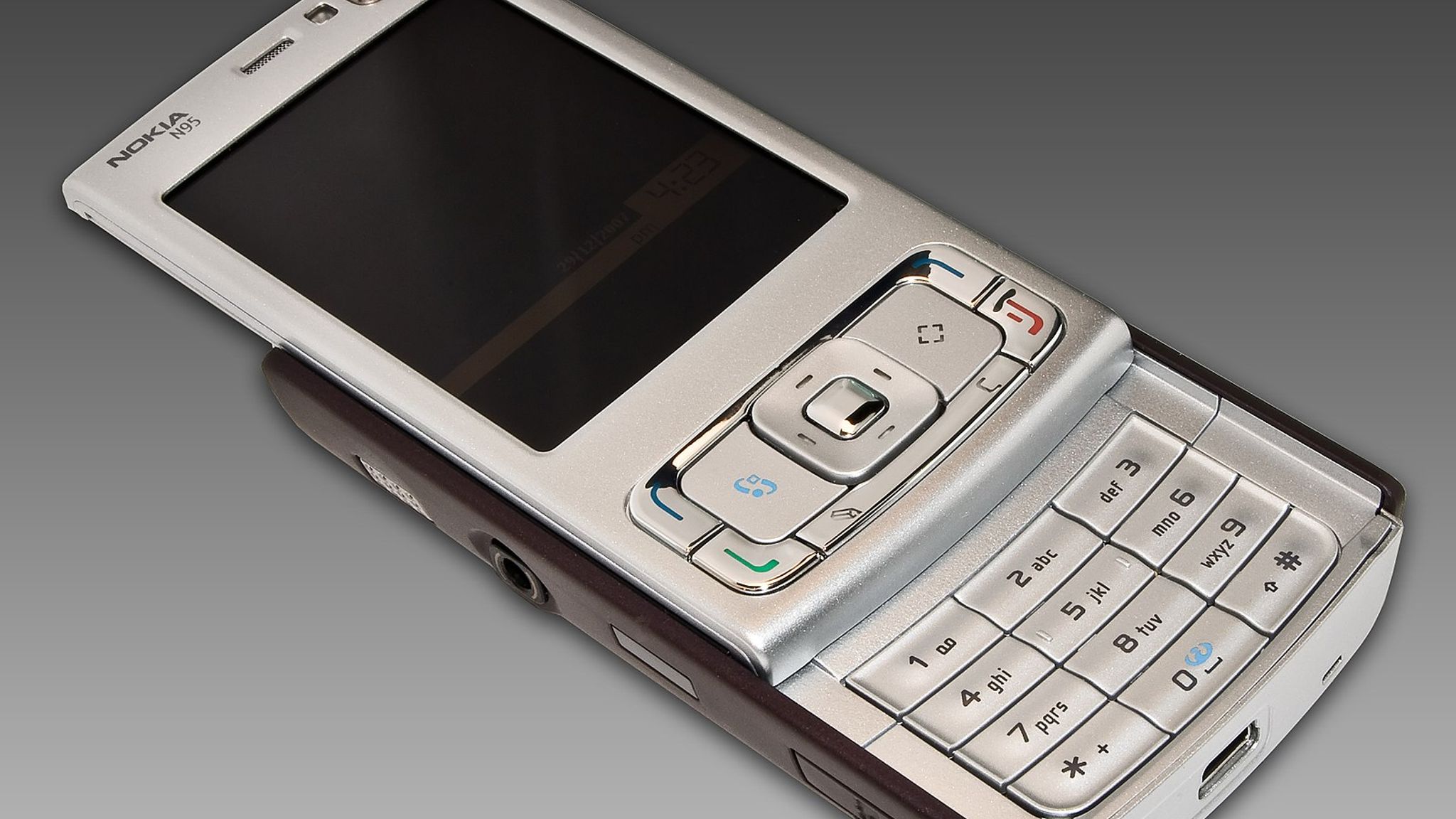
Nokia’s pinnacle moment – N95.
24. iPhone (2007)
Steve Jobs introduced the iPhone in January 2007. Its multi-touch display, which covers most of the device’s area, earned it Time Magazine’s Invention of the Year.
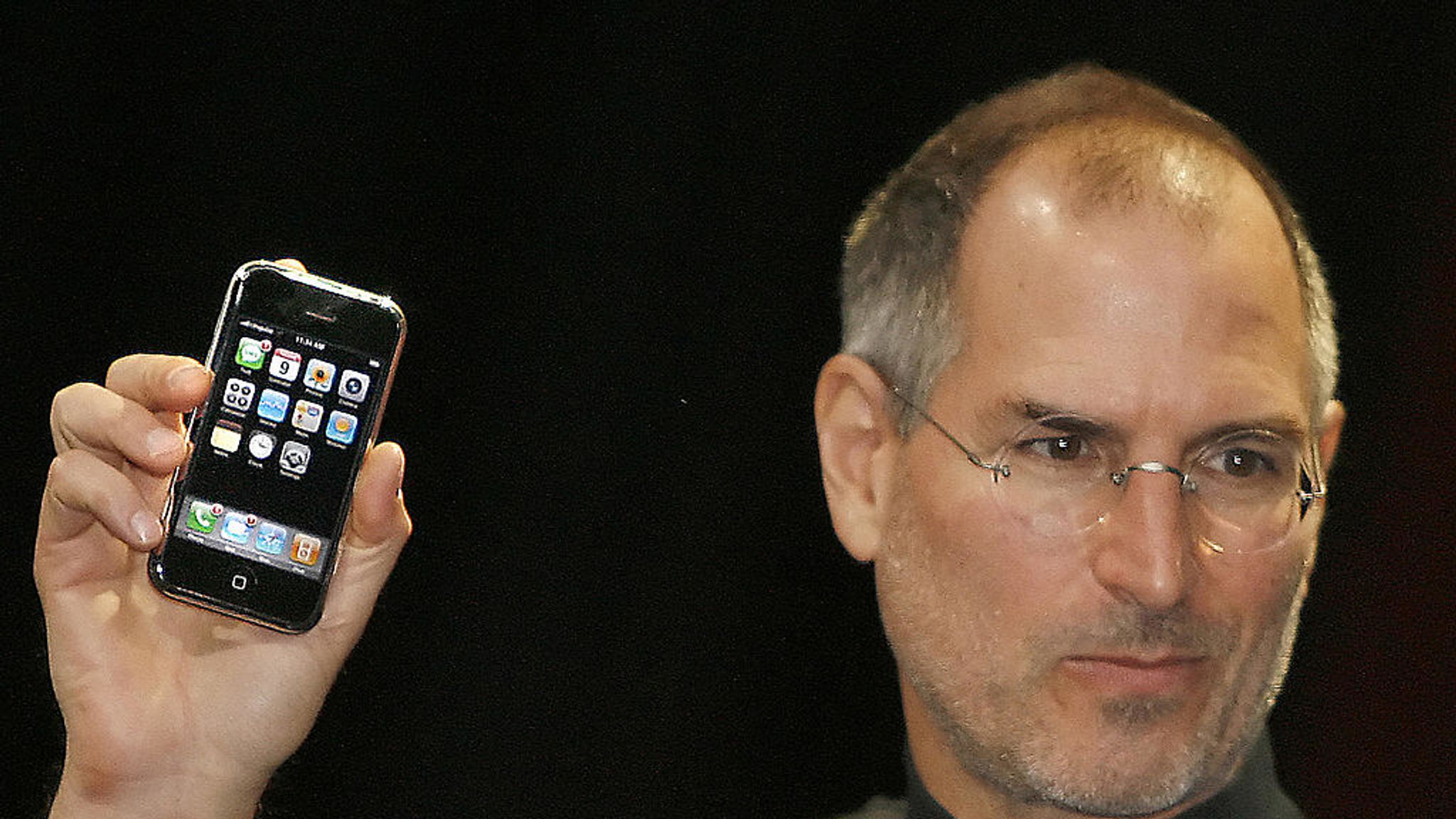
A historical moment – the birth of the iPhone.
25. Apps (2008)
The iPhone was launched without an App Store, which opened on July 10, 2008. There were 500 apps when it was found, and there are now nearly 2 million.
26. The first Android phone (2008)
The G1 phone, which Google made in partnership with HTC, was stunning, with a BlackBerry-style keyboard that slid out from the touchscreen and introduced push notifications.
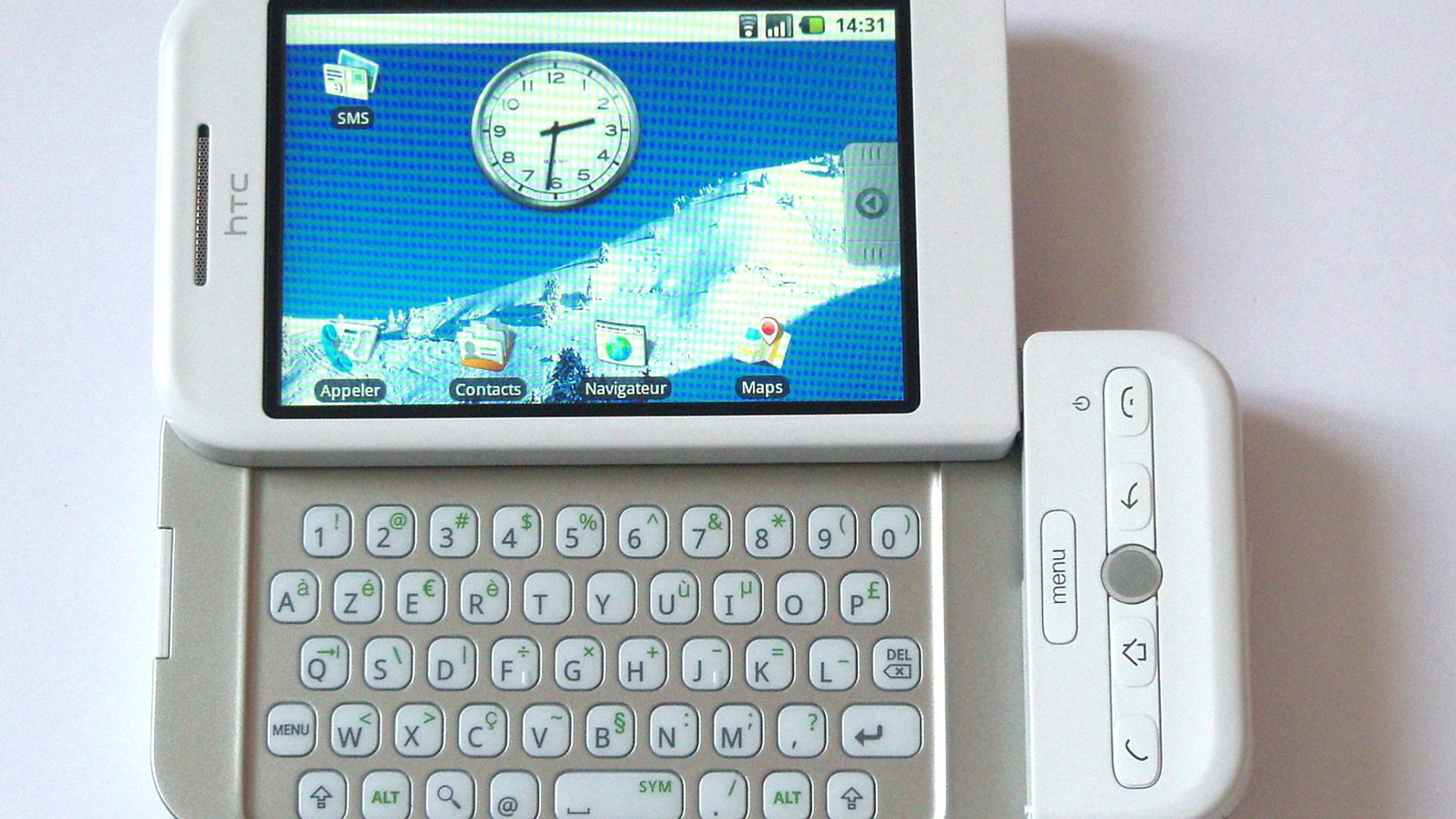
The side-sliding full keyboard became popular for a while.
27. China’s first domestic smartphone (2009)
On February 18, 2009, Meizu M8 was officially released, marking the birth of the first domestic brand smartphone. The system uses Windows CE, and Meizu has carried out secondary development, which has a beautiful graphical operation interface and can also meet multimedia entertainment needs.
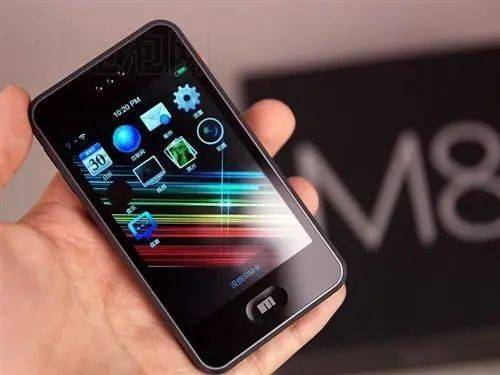
The first domestically-branded smartphone, the Meizu M8.
28. WhatsApp launched (2009)
WhatsApp, the brainchild of several ex-Yahoo employees, debuted in 2009 but has since become the world’s most popular messaging platform. Since then, many messaging software has been born on mobile phones, including WeChat.
29.4G brings speed (2009)
With 4G hitting the market, mobile networks are ready to pick up speeds again, helping drive people’s ever-increasing media consumption.
30. China’s first domestic Android phone (2009)
Huawei released its first Android phone, the Pulse, at the Mobile World Congress. After the Pulse was renamed U8220, it was officially launched in China. This is the first domestic brand Android phone listed on the mainland. Huawei officially joined the Android camp, and many classic models have been born since then.

The first domestic brand of Android phones comes from Huawei.
31. Angry Birds (2009)
One of the most addictive smartphone games of all time, Angry Birds has attracted millions of players and spawned multiple sequels, spinoffs, two movies, tons of merchandise and a TV show.
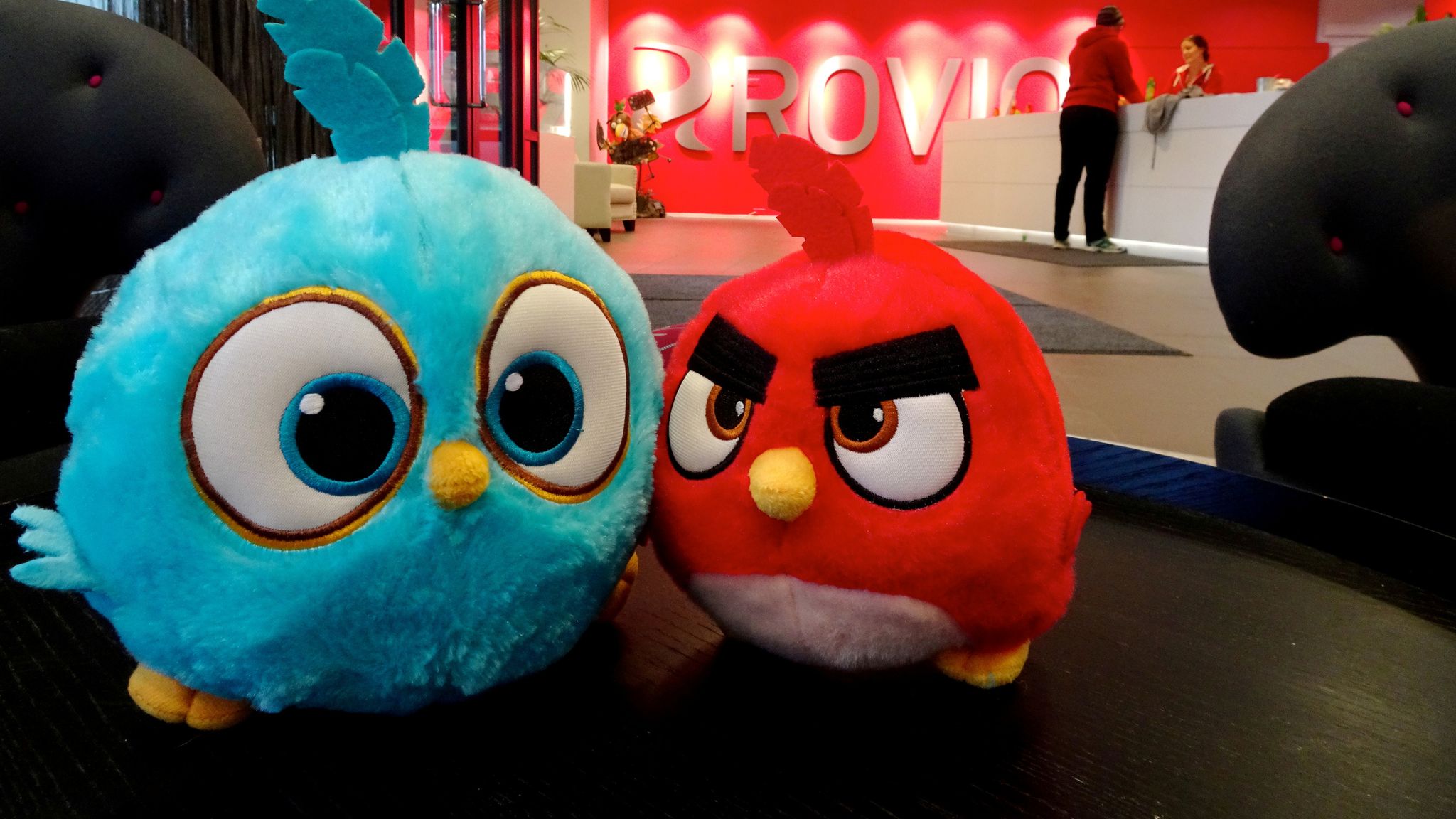
The popular game “Angry Birds”).
32. Google’s first smartphone (2010)
The first smartphone in Google’s own Nexus line, marketed as offering the purest Android experience, offering quick updates whenever the latest version of the software (always named after dessert) is released.

The Nexus One has been released.
33. Instagram (2010)
Few social media startups have quickly become App Store staples like Instagram, a place for friends to post square photos. The rise of Instagram prompted Facebook to acquire it for a whopping $1 billion in 2012. Today, Instagram is one of the most popular apps worldwide, despite concerns about its impact on users’ mental health.
34. Windows… on the phone? (2010)
Microsoft thinks it can take on Apple and Google when building a smartphone experience around what is best known as Windows. It has a PC-like startup screen and Microsoft applications like Internet Explorer and Skype.
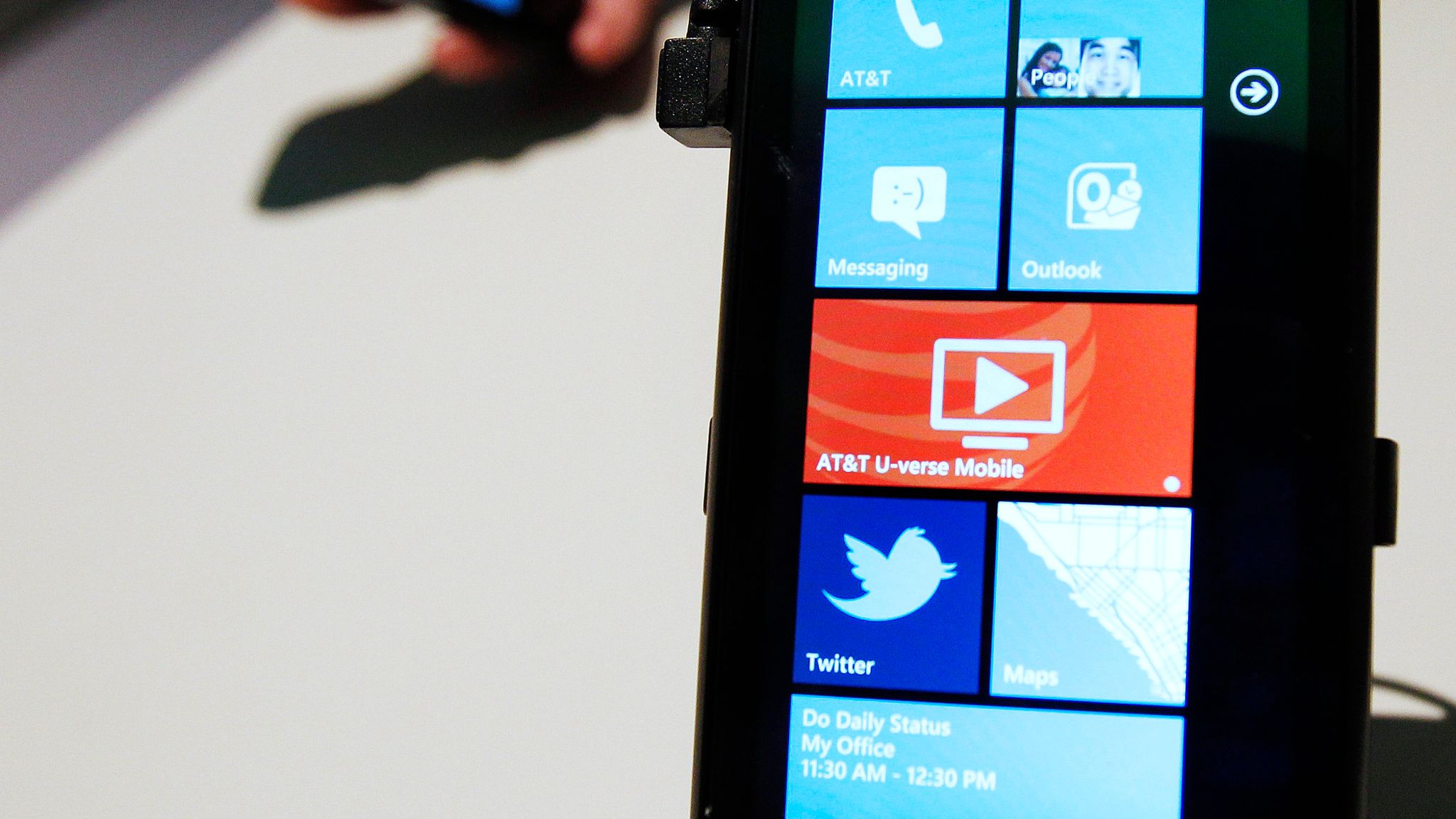
Windows Phone has been withdrawn from the stage of history.
35. Apple’s Huge Mistake (2010)
Perhaps the biggest iPhone scandal came in 2010 when the iPhone 4 had a serious antenna design flaw that meant users would lose signal if they held it in their left hand. Apple eventually admitted its mistake after initially downplaying the issue.
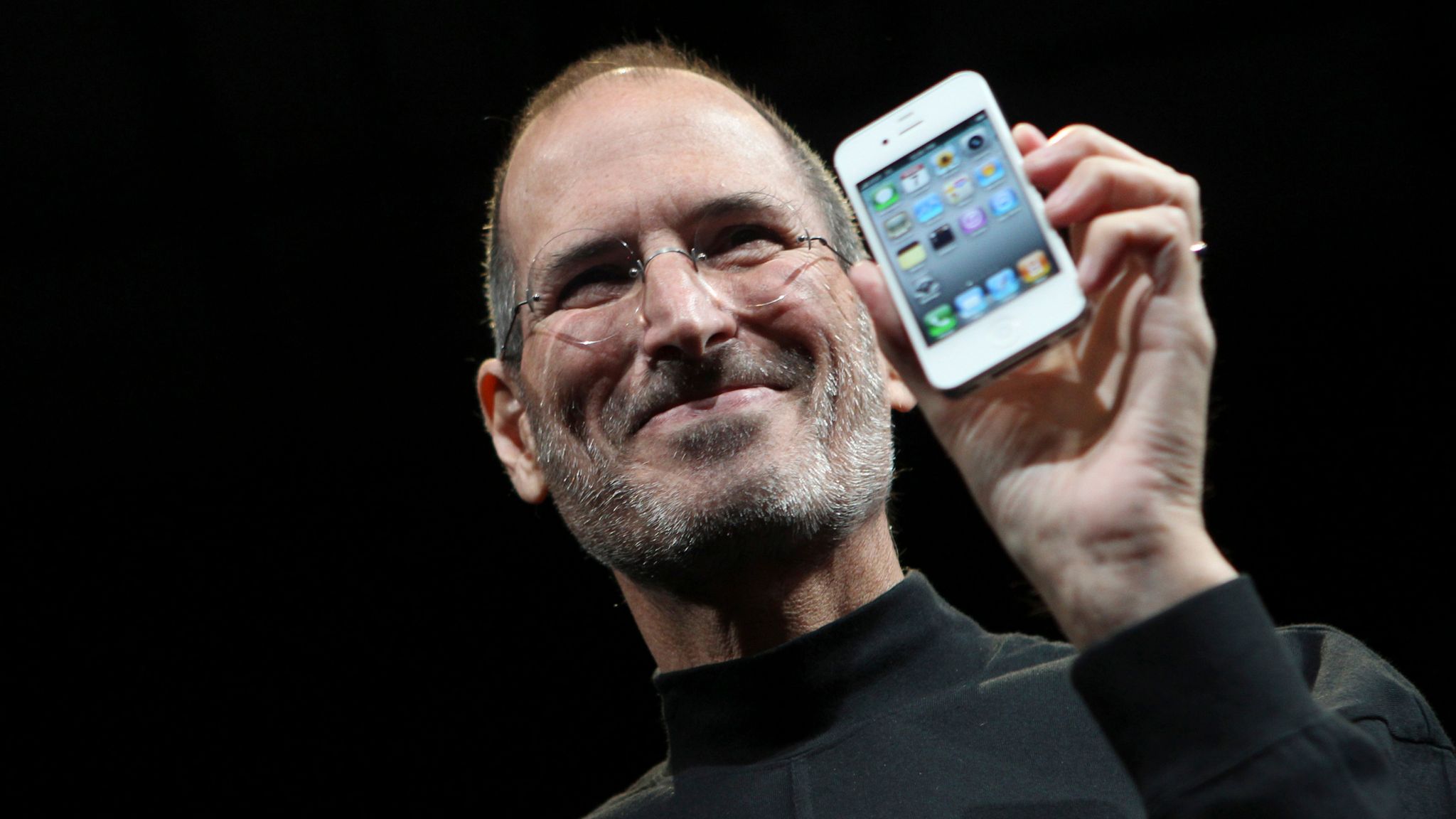
Jobs announces the iPhone 4.
36. Use your face to unlock your phone (2011)
Most of us can unlock our phones with our faces, but it’s unreliable. Google and Samsung’s Galaxy Nexus took the first steps toward facial recognition. While it was cool, it quickly became apparent that it wasn’t particularly secure — it could be tricked with a photo.
37. “Hey, Siri…” (2011)
Voice assistants started going mainstream with Siri on the iPhone 4S. A bunch of voice assistants with various names followed. Currently, there are still 11 years before the birth of ChatGPT.
38. Google Play Store (2012)
Google responded to the App Store in 2012 by replacing the Android Market with the Google Play Store. The timing turned out to be good, because a game called Candy Crush was a hit that year.
39. Get Your Fingers Ready (2013)
Biometric technologies like fingerprint scanning and face unlock didn’t become a smartphone feature until Touch ID on the iPhone 5S, and later made their way to tablets and computers.
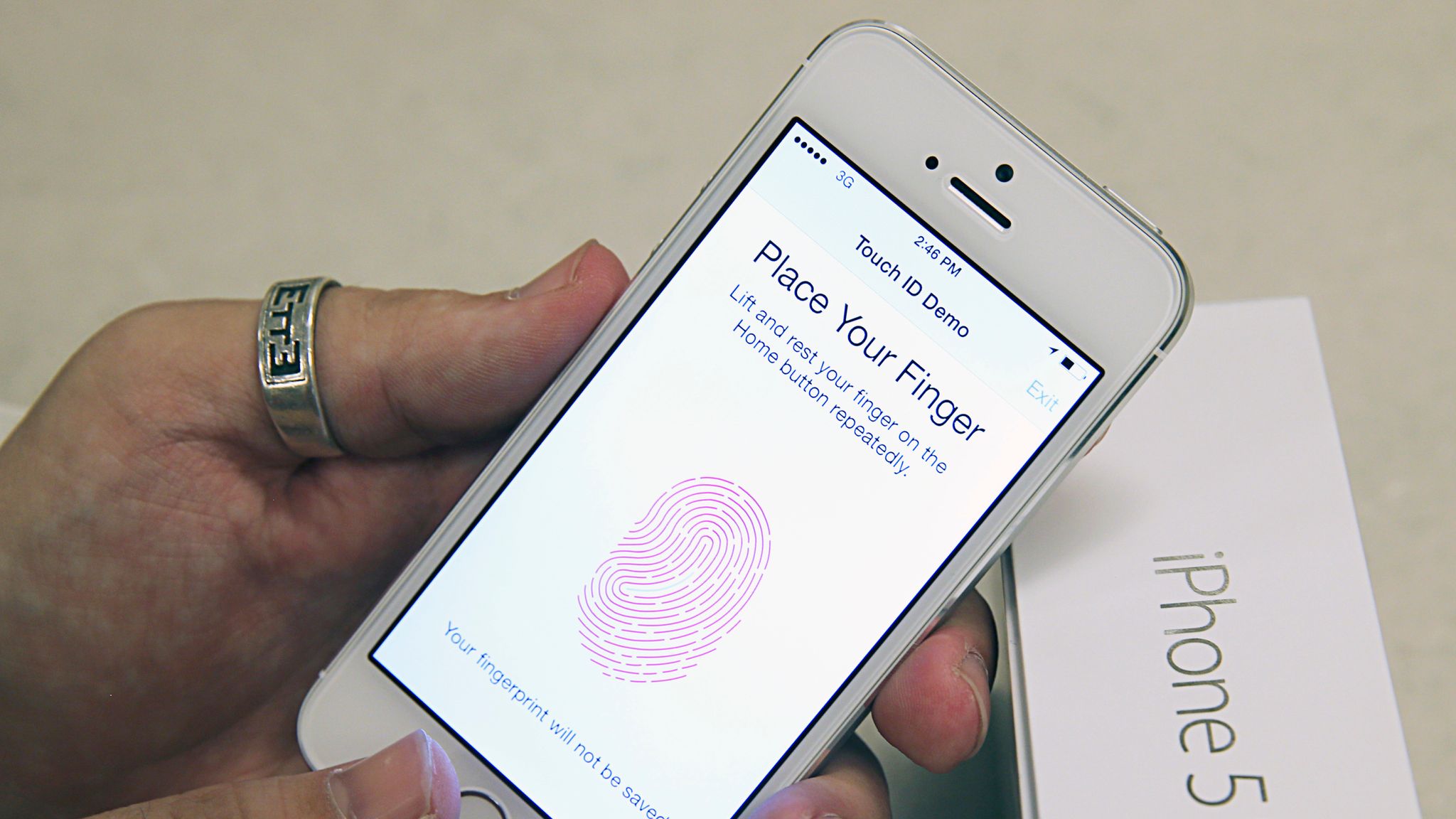
The fingerprint recognition function of the iPhone.
40. An iPhone on your wrist? (2015)
When the Apple Watch came out, Apple hadn’t released a new product category in five years. Wearables have become must-have gadgets for many, and the latest version of the Apple Watch is enough to keep you from leaving the house with your phone.

Apple watch.
41. Pokemon Go (2016)
In the summer of 2016, when Pokemon Go took over the world, the augmented reality game allowed kids born in the ’90s to fulfil their childhood dreams of catching pocket monsters in the wild.
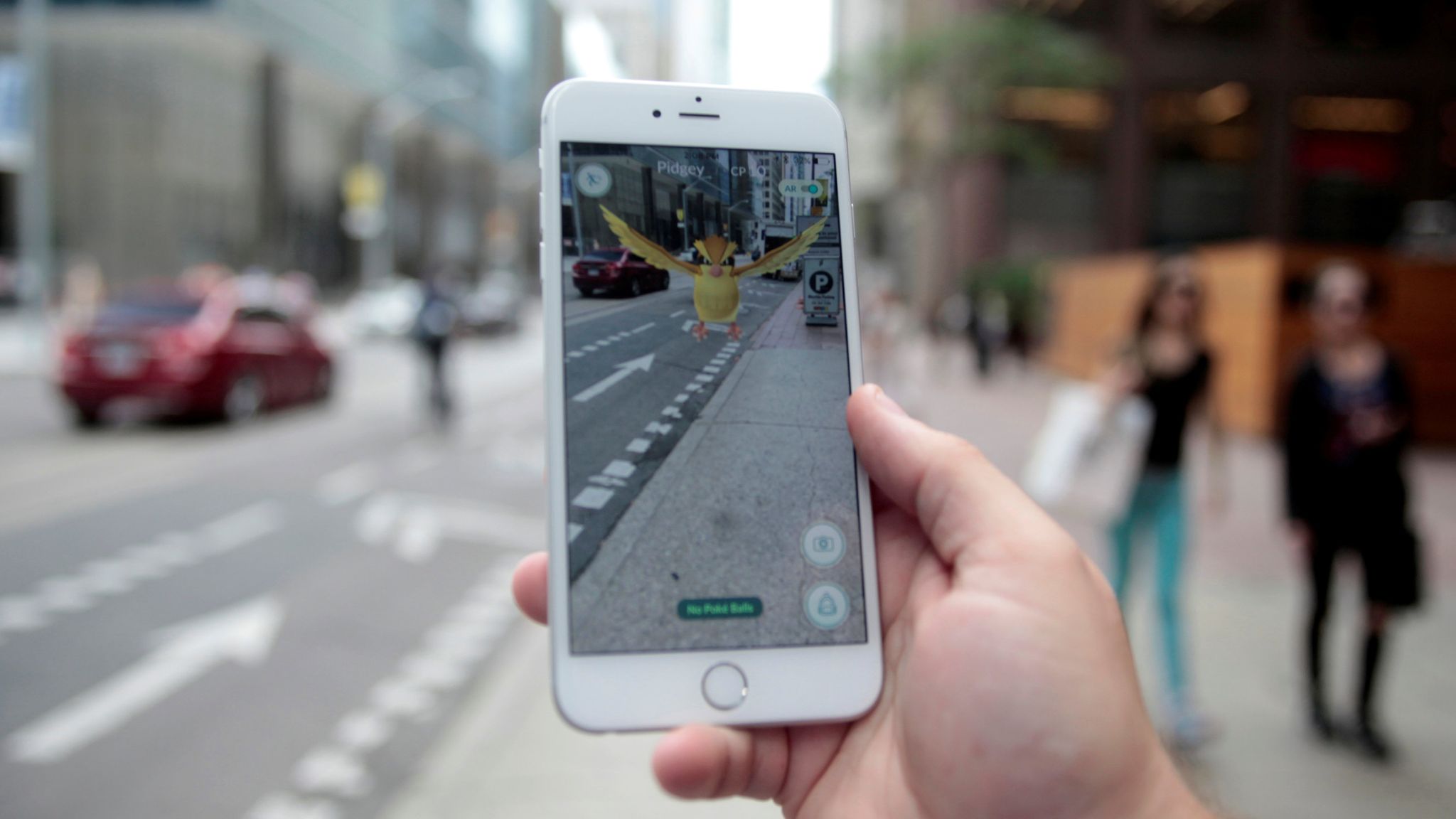
Pokemon Go brings augmented reality to users.
42. Samsung phone battery explodes (2016)
Samsung, the world’s leading maker of Android phones, has sparked a major crisis with its highly anticipated Galaxy Note 7. Samsung later suspended phone sales after a faulty battery caused some batteries to explode or catch fire.
43. Google launches Pixel (2016)
Google started making its phones under the Pixel name, replacing the old Nexus branding.
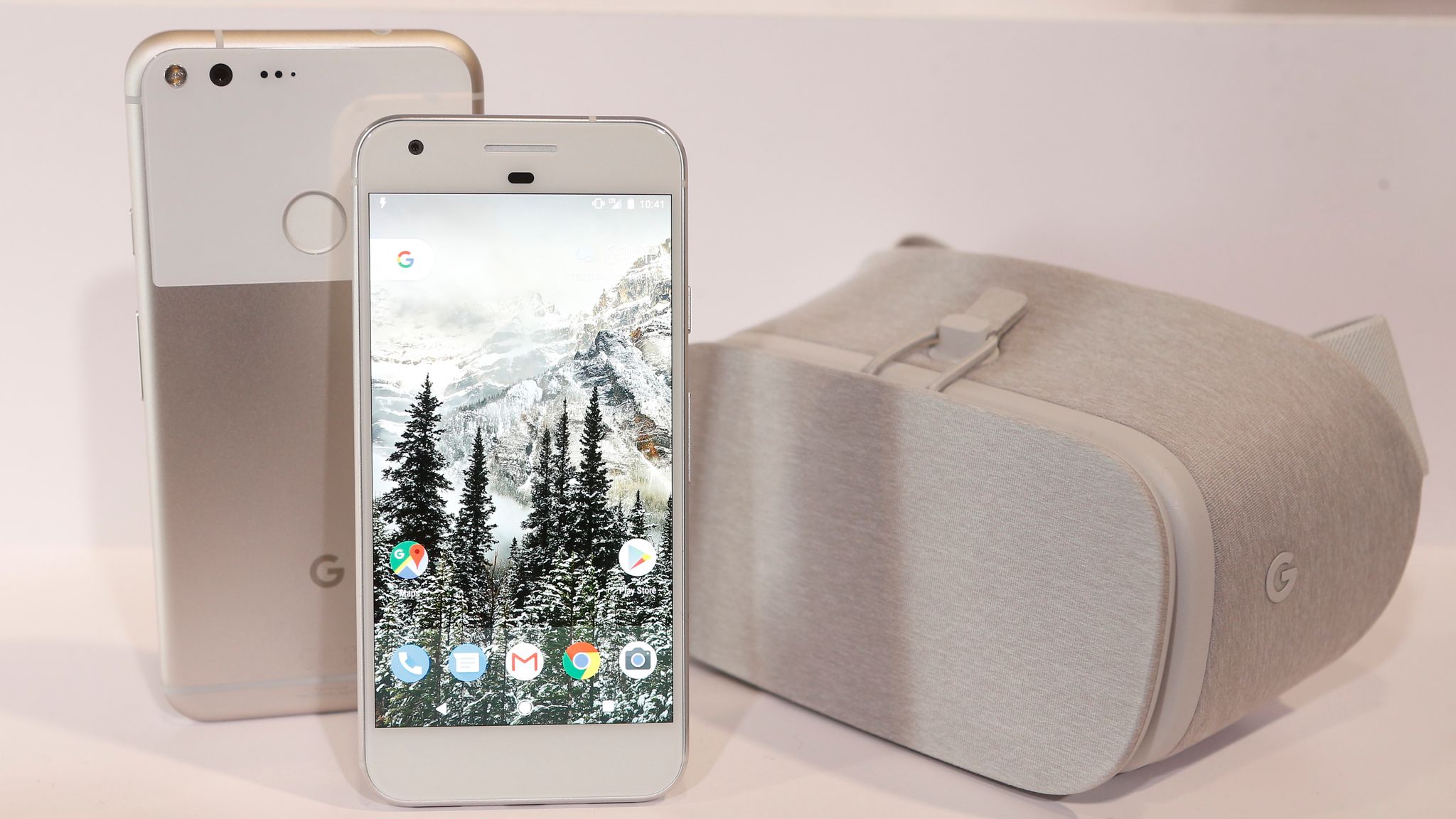
Google released the Pixel generation in 2016.
44. Microsoft kills Windows Phone (2017)
After failing to challenge the dominance of iOS and Android, Microsoft killed Windows Phone. That year, the iPhone X marked the most dramatic design change for Apple’s flagship device in a decade.
45. The first full-screen mobile phone (2017)
On September 11, 2017, Xiaomi released the Mix generation, the world’s first full-screen mobile phone. Before this, Sharp had launched a borderless mobile phone, but because of the “wide chin”, it cannot be regarded as a full screen in the strict sense. The Mi Mix generation also has a “chin”, so some people think the first pure full-screen mobile phone is OPPO FIND X.

Xiaomi Mix generation.
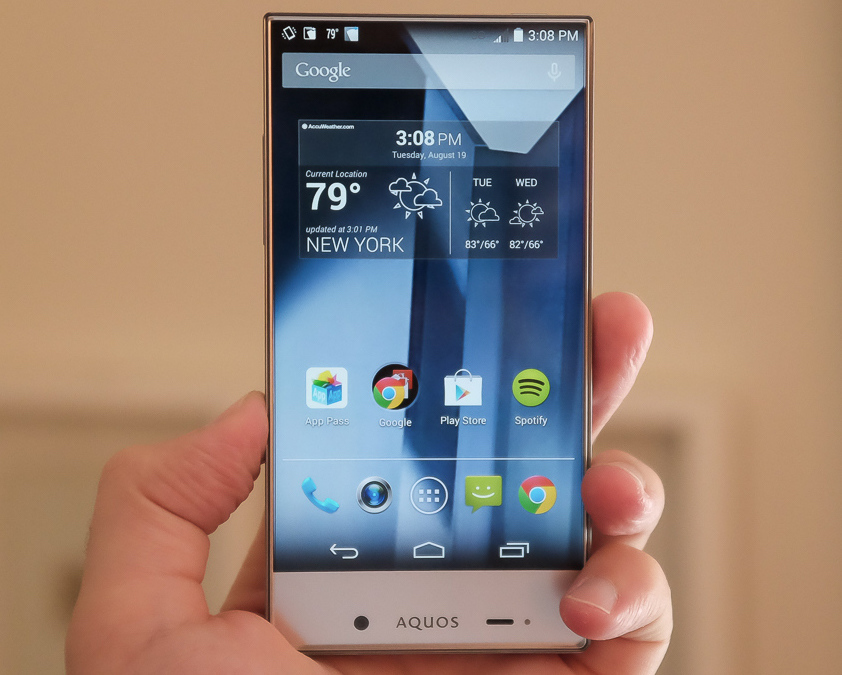
Sharp bezel-less phone.
46. Douyin goes global (2018)
Douyin launched globally in 2018, although its popularity didn’t explode until the COVID-19 pandemic. The software is now installed on more than 2 billion mobile phones.
47.5G (2019)
Yet another upgrade in data speeds, albeit with absurd conspiracy theories that improved radio antennas are spreading the coronavirus. While many have yet to feel the huge benefits, experts insist that 5G will be transformative in the coming years.
48. Folding screen mobile phone (2019)
In 2019, Samsung released the Galaxy Fold, recognized as the world’s first marketed foldable mobile phone, and has since created a new category in the mobile phone market. Before this, folding-screen mobile phones only existed in concept demonstrations. Still, in October 2018, Chinese company Royole Technology launched the first consumer-grade foldable, flexible-screen mobile phone FlexPai, but the market has not recognized this product.
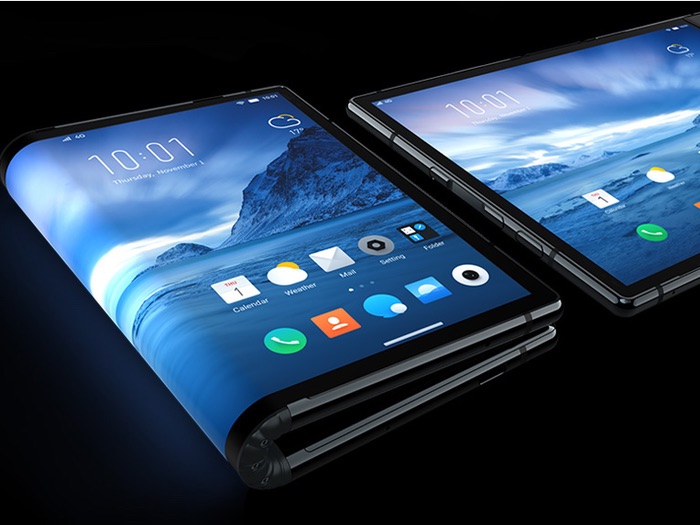
The foldable, flexible screen phone FlexPai.
49. The New Crown Epidemic (2020)
The COVID-19 pandemic has had a major impact on smartphones. Disrupted supply chains and reduced spending drive down sales, while manufacturers have had to start accounting for people’s new habits. Facial recognition needs to be updated to identify people while wearing a mask successfully, and both iOS and Android have rolled out contact-tracing features.
50. USB-C (2022)
The tech giants have been used to going their way for most of the smartphone’s history, but times may change. In a landmark decision, the European Union ruled that all phones must use the same charging standard, forcing Apple to ditch its long-held Lightning port in favour of USB-C.
What will the mobile phone of the future look like?
After 50 years of development, what will the mobile phone of the future look like? Two thousand twenty-two global smartphone shipments will drop significantly, reaching the lowest value since 2013. In many places where most people own at least one mobile phone, and people don’t even need to spend a fortune to get a high-end phone, the hardware arms race for phones has grown beyond the daily needs of the vast majority of people.
More avant-garde smart terminal devices have been continuously developed recently, but no machine dares to replace mobile phones.
Last month, Wired magazine asked several technologists, builders, designers, analysts and futurists to predict what’s next for smartphones.
Tony Fadell, head of the design engineering agency Build Collective, sees more smartphone encryption in the future. “Right now, when we say something is encrypted, it’s encrypted from the device to the server, in transit or storage. In the future, it will be encrypted between chips and input and output. That’s because you want to know if something is real. So when you capture sound, photo, or video, it’s being processed through a specific core and stamped. The method has been tampered with and has not been Photoshopped or filtered.”
Entrepreneur and LittleBits founder Ayah Bdeir complained: “I have many concerns about the role technology plays in young people’s lives. Mobile phones, in particular, are one of the culprits. On the days when I spend a lot of time on my phone, I’m looking, I’m feeling. I’m excited and nervous, I feel like my body is bent, and my eyes are dry.” But he doesn’t want to return to the past and thinks that smart glasses attempts will return.
Moor Insights & Strategy analyst Anshel Sag (Anshel Sag) believes that in 10 years, smartphones will look very similar to today, but the vast majority will be foldable. And people are still more than a decade away from replacing smartphones with AR (augmented reality) or VR (virtual display) glasses, ambient computing, and smartphones will become the hub that connects these devices to the Internet.
